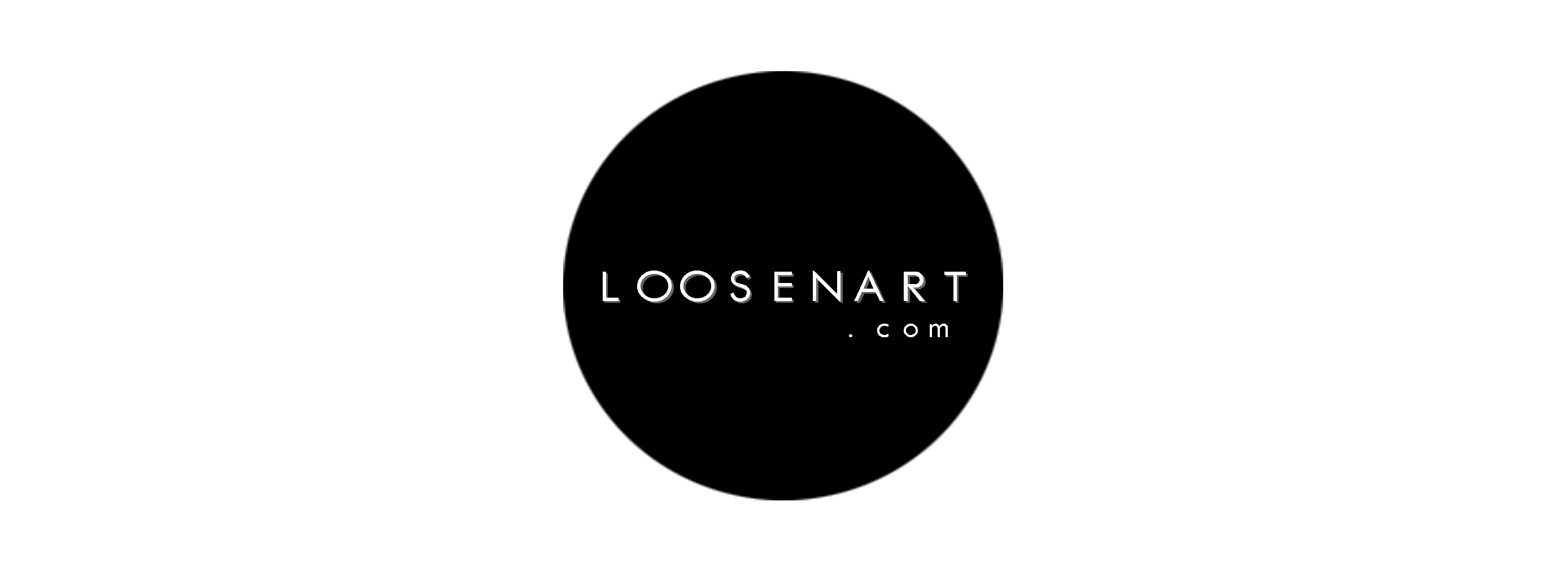Environment Documenta
Posted on April 24 2019

Environment Documenta │ 4th April - 1st May 2019
.
.
Climate change, ecology and pollution have recently been among the most recurrent and sensitive topics. While journalists give us numbers, cases, pictures and significant facts to pay attention to, the most influential people meet in order to discuss about the future of our planet. While the world is becoming less and less sustainable, young people are raising their voices, as shown by Greta Thunberg, the young activist who started protesting against the climate change policies adopted by politicians during the “Fridays for Future”.
.
Within this context, also art has something to say, adding its point of view to public opinion’s choices and wishes, and being interested in these themes for decades. Already in 1962, Joseph Beuyes promoted a campaign involving the cleaning of the Elba river, in Germany. Again, 20 years later, at ‘Documenta 7’ he presented ‘7000 Oaks’, a project involving the plantation of 7000 trees in the area of Kassel. As he stated, “I believe that planting these oaks is necessary, not only in biospheric terms, that is to say, in the context of matter and ecology, but in that it will raise ecological consciousness”.
Within this context, also art has something to say, adding its point of view to public opinion’s choices and wishes, and being interested in these themes for decades. Already in 1962, Joseph Beuyes promoted a campaign involving the cleaning of the Elba river, in Germany. Again, 20 years later, at ‘Documenta 7’ he presented ‘7000 Oaks’, a project involving the plantation of 7000 trees in the area of Kassel. As he stated, “I believe that planting these oaks is necessary, not only in biospheric terms, that is to say, in the context of matter and ecology, but in that it will raise ecological consciousness”.
.
More recently (2014), for instance, the artist Jeff Hong published a series of illustrations entitled “Unhappily Ever After”, where Disney characters are unpleasantly dealing with pollution, destruction and abandonment.
.
.
Dmitry Ermakov, Tuonela Ship, 2018
.
.
Katrina Piacek, Reflection, 2014
.
.
The exhibition “Environment Documenta”, organised by LoosenArt and arranged at Millepiani gallery in Rome (4th April - 1st May 2019), follows exactly those steps. The collective show revolves around the themes of environment and environmental protection, ecology and heritage - what it is and how we deal with it protecting it, destroying it or preserving it.
.
The selected artists on show are called to present and represent their visual works, reflecting on issues such as the abuse of nature, the exploitation of landscape caused by tourism and the continuous (and useless) development of infrastructures destined to leisure and freetime.
The selected artists on show are called to present and represent their visual works, reflecting on issues such as the abuse of nature, the exploitation of landscape caused by tourism and the continuous (and useless) development of infrastructures destined to leisure and freetime.
In all the images exhibited nature is still there, more or less evident, more or less untouched. Through digital distorsions, modified details, colour alterations, geometrically silent photos and realistic (or fantastic, according to the situation) shots, some of the artists intended to shift their focus to the positive side of nature. Here, harmonious compositions highlight matching nuances and a good relationship between humans and environment.
On the contrary, the negative side of this discourse takes over whenever the artists centre their research on questions such as crisis, natural disaster or other issues occuring in the world and in need of a urgent resolution.
In either case, art becomes an irreplaceable means itself. “The medium is the message”, and so is art.
On the contrary, the negative side of this discourse takes over whenever the artists centre their research on questions such as crisis, natural disaster or other issues occuring in the world and in need of a urgent resolution.
In either case, art becomes an irreplaceable means itself. “The medium is the message”, and so is art.
.
.

Laura Berson, Efni, 2018
.
.
.
.
-
.

.
.
.

.
.
.
.
--------------------------------------------------------------------------------------------------------------------------------------------------------------
.







Connect